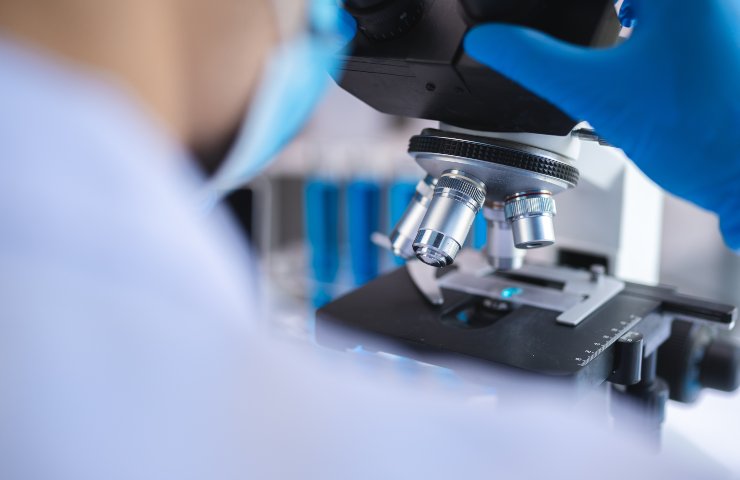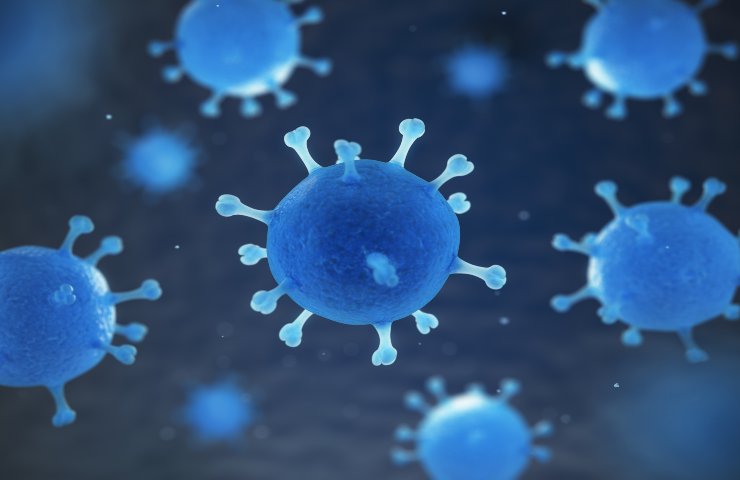Healthcare and technology: when the Cloud helps close the health equity gap
The global need for health equity is receiving more attention as new evidence demonstrates a stark contrast in health outcomes between countries with varying resource levels. The results
of the World Health Organization’s
research on the social determinants of health found a 19-year difference in life expectancy between developed countries and those with limited resources.
The reasons for differences in life expectancy are complex and transcend genetics, socioeconomic status, education, environmental conditions , and many other factors. That’s why health equity is something that no government or company can tackle alone.

But how can technology, and especially the Cloud, help bridge this gap? Well, Cloud Computing could have a substantial impact in this sector. To help address this issue, the
AWS Health Equity Initiative
was launched in 2021, a three-year, $40 million commitment to support organizations globally that are inventing and scaling new ways to promote equal access to healthcare.
“Bridging the health equity gap will require new and better approaches to delivering care,” said Max Peterson, vice president of worldwide public sector at AWS. “Innovations range from a mobile technology-based taxi service for women in labor in need of emergency care in Tanzania and Lesotho to genomic sequencing technology that makes it easier to deal with COVID-19 and other diseases in Africa.”
Despite its critical role in treatment, diagnostics are consistently neglected and underfunded, especially when it comes to primary health care.
Hyrax Biosciences
, for example, is one of the companies that uses the Cloud to bring diagnostic treatments. It is a bioinformatics software company based in South Africa that is enabling the analysis of the COVID-19 genome to better understand and monitor the progress of the virus in Africa. This allows national and international health authorities to monitor infections, quickly identify and understand new variants and act promptly. Hyrax is also expanding its genomic sequencing technology to address other diseases, including HIV, tuberculosis , and malaria, that disproportionately affect individuals in developing countries.
“We are able to process large amounts of raw genomic data in hours, not days or weeks. The faster we can identify COVID-19 variants spreading in Africa, the faster we can understand the diversity of the disease across the continent and provide the right care to as many people as possible,” said Dr. Simon Travers, CEO of Hyrax Biosciences.
In addition to diagnostics, great strides are also being made in addressing inequalities in data processing and care. For example, Washington-based startup Hurone AI is democratizing access to high-quality cancer prevention and treatment . The company is developing AI-powered applications derived from data sources and algorithms from people of African descent to fill gaps in cancer treatment outcomes.

Oncologists are scarce in Africa. Estimates suggest that there are between 10 and 20 oncologists in Rwanda to serve a population of nearly 13 million. Hurone AI’s Gukiza app enables oncologists to provide remote patient monitoring and tele-oncology across the country.
There is still a long way to go and there is a lot of work to be done to close the health equity gap, but the power of the Cloud is an essential element in addressing this important global challenge.
